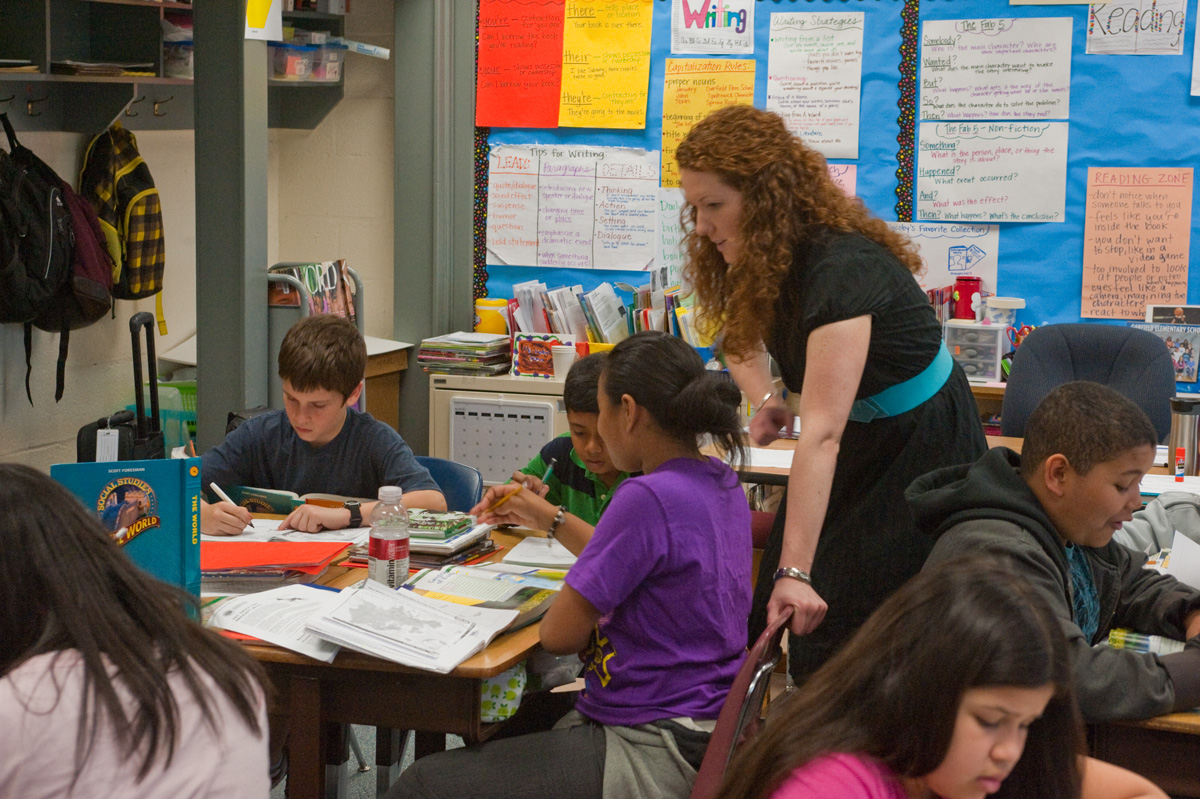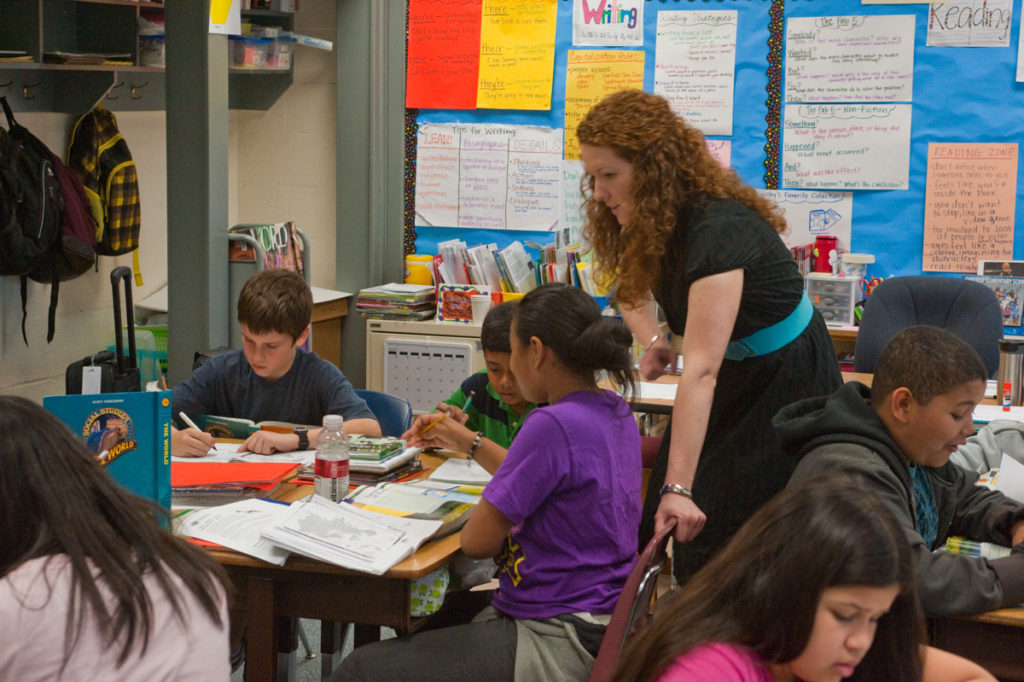Building Community Through Academics

 When they are working towards a common goal, engaged in a fascinating topic, or trying to figure out a solution for a meaningful problem, students feel more connected to school and each other. Engaged learners have lots to talk about, including discoveries and interesting facts, experiments, predictions, and what they are looking forward to learning next. Here are some ideas for planning units or lessons that will foster this powerful sense of connection through learning.
When they are working towards a common goal, engaged in a fascinating topic, or trying to figure out a solution for a meaningful problem, students feel more connected to school and each other. Engaged learners have lots to talk about, including discoveries and interesting facts, experiments, predictions, and what they are looking forward to learning next. Here are some ideas for planning units or lessons that will foster this powerful sense of connection through learning.
The American Library Association announces various award winners, including the Caldecott, in January, and I used to love doing a class study of Caldecott books to coincide with the award announcement each year. I’d begin by sharing the criteria for the award with the class, and then we’d read some past award-winners together with the criteria in mind. Then we’d turn our attention to books that might win this year’s award.
Reading and evaluating the best picture books of the year was always an energizing and thought-provoking undertaking for second graders. They had powerful conversations with each other as they shared ideas, opinions, and insights leading up to the Friday before announcement day, when we voted for our own winner. Then, when the actual results were announced, we reacted with delight, excitement, interest, confusion, or outrage, depending on how the Caldecott judges’ decision aligned with ours. The “real life” aspect of this unit made it intensely engaging for the children, and it had a lasting impact on many of my former students, some of whom came back to my classroom year after year in January to check out the newest crop of possible winners.
The key to planning a unit of study that will have this sort of effect is to choose a topic that will enmesh students in deep academic thinking while also enhancing their feelings of being part of a powerful and purposeful community. For instance:
- Research projects with a common theme. You choose a broad theme and then let students choose research projects that fall within that theme. For instance, a colleague of mine had her class research famous artists. Each student chose the artist he or she focused on, but they all explored the same categories of information, such as the artist’s early life, and their preparation and training. Her room was always abuzz as students sought to discover what made their artists unique, shared helpful resources with each other, and found connections among their research subjects.
- Solving a school- or world-related problem. Like all of us, students feel invested when working on real issues. One year the students at my school took on “hidden” dangers around our school. Among other things, they discovered that the soapy water and rags we used to wash the lunch tables were infested with bacteria, and they proposed a solution—cleaning the tables with nontoxic spray cleaners and paper towels—that was adopted by the school. Addressing real problems, whether at school, locally, nationally or internationally, gives students a real chance to feel significant and responsible.
- An author study. Diving into an author’s or illustrator’s work, looking for parallels among his or her books, and analyzing how the author’s life influenced what s/he wrote can bring students together in a fun and meaningful way. I was just in a classroom that had recently been studying Patricia Polacco’s books, and I heard two students animatedly discussing how, for the stories they were writing, they were going to try to copy some of her “moves.”
Community grows in the classroom through all sorts of endeavors. A sense of community can (and should) be built in Morning Meeting, through doing energizers together, and at times we specifically devote to fostering connections among students. Community also grows when children sense that they are purposefully and jointly engaged in interesting academic endeavors. Now is a great time to turn your attention towards fostering community this way. Good luck, and please share your ideas in the comments!
Margaret Berry Wilson is the author of several books, including: The Language of Learning, Doing Science in Morning Meeting (co-authored with Lara Webb), Interactive Modeling, and Teasing, Tattling, Defiance & More.
Tags: Academic Choice, Building Classroom Community, Engaging Academics